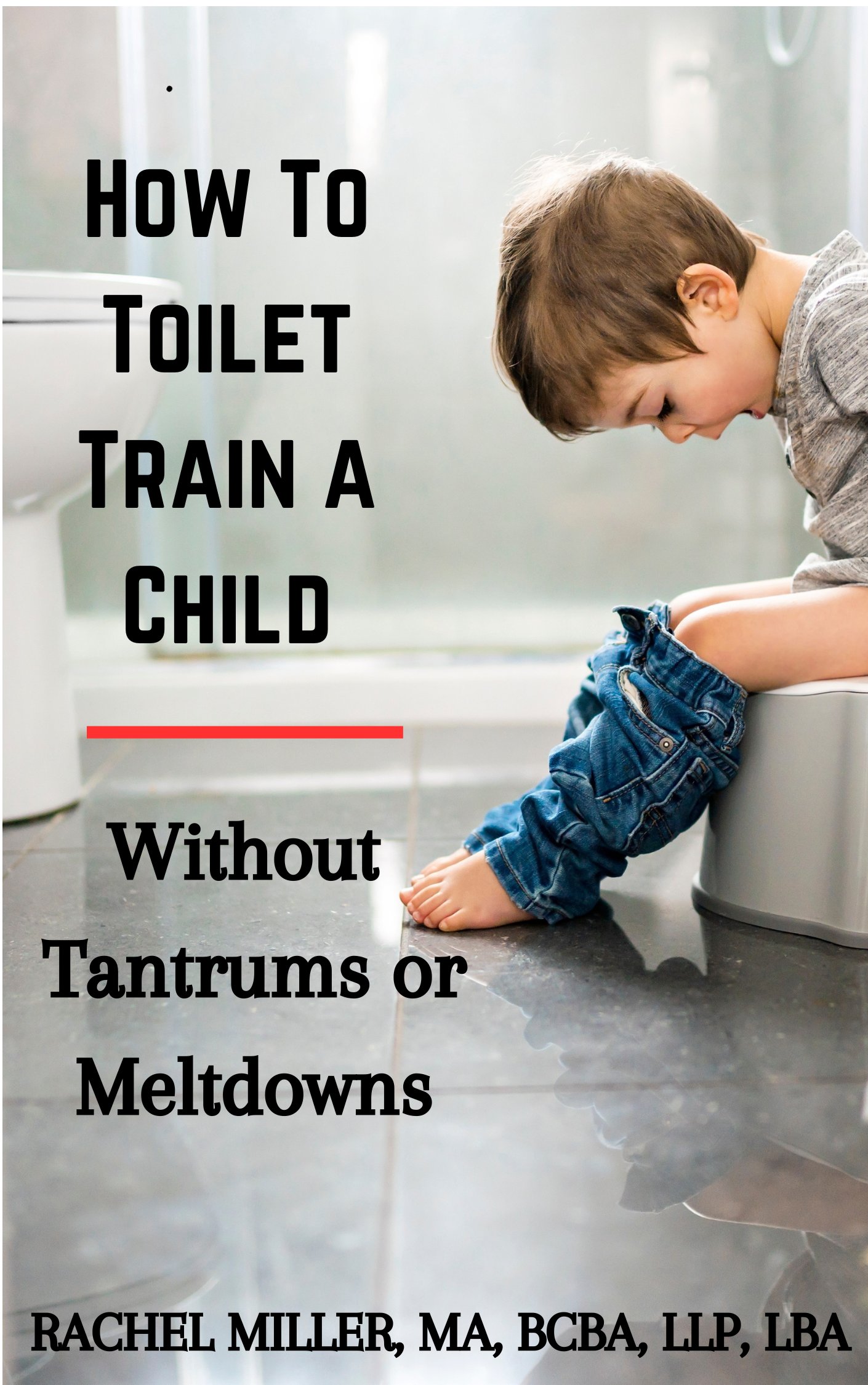Free Behavior Charts
Looking for Free Behavior Charts to help your child manage anger, reduce tantrums, or follow household rules more consistently? You’ve come to the right place!
The behavior charts on this page are designed specifically for older children—those who may be struggling with aggressive behavior, emotional outbursts, or ongoing defiance. While reward charts for toddlers focus on learning basic routines, these printable charts help older kids build accountability, self-control, and responsibility in a positive, structured way.
When used correctly, free behavior charts can make a big difference for families dealing with yelling, hitting, backtalk, or refusal to follow directions. They provide a visual reminder of expectations while keeping feedback positive and consistent.
How Free Behavior Charts Help Older Children
There are also additional that are all free to choose from that can be used for a variety of needs, such as rewarding for a clean room or helping others.
Behavior charts aren’t just for little kids. In fact, older children often benefit even more because they can understand the connection between their behavior and the outcomes that follow. Instead of relying on time-outs or punishment, these charts focus on positive reinforcement—rewarding good choices to encourage lasting change.
When your child earns a sticker, star, or checkmark for demonstrating a desired behavior (such as staying calm during an argument or completing homework without reminders), they receive tangible acknowledgment for their effort. Over time, this reinforces emotional regulation and problem-solving skills.
Here’s what makes these charts effective for older kids:
- Visual accountability: Kids can see their progress day by day.
- Clear goals: Each chart focuses on specific, measurable behaviors.
- Immediate feedback: Stickers or marks are given right after success, which strengthens motivation.
- Flexibility: You can adjust the goals as your child grows or new challenges arise.
When combined with empathy, consistency, and communication, free behavior charts can help your child take ownership of their choices rather than feeling punished or controlled.
Behavior Chart Example
Focusing on Positive Reinforcement
It’s important to remember that behavior charts should never be used as punishment. The goal is to celebrate success, not to highlight failure. If your child doesn’t earn a sticker one day, avoid showing disappointment or frustration. Simply reset, review expectations, and encourage them to try again tomorrow.
When children view charts as supportive tools instead of judgmental scorecards, they are much more likely to engage with them. A reward chart should feel motivating—something that celebrates effort, progress, and perseverance, not perfection.
You can also involve your child in setting up the system. Let them help choose rewards or decorate the chart. When they have a sense of control, they’re more invested in the process and more eager to participate.
Examples of Behaviors to Track
The Free Behavior Charts on this page can be used to target a wide variety of behaviors depending on your child’s needs. Some examples include:
- Using calm words instead of yelling
- Keeping hands and feet to self
- Completing homework or chores without reminders
- Following directions the first time
- Avoiding arguments with siblings
- Managing frustration or anger appropriately
- Staying focused during schoolwork or family activities
If your child tends to have meltdowns, you can also track coping skills—such as using deep breathing, taking a break, or asking for help appropriately.
Remember, the key is to praise effort as much as success. Even if your child only meets part of the goal, acknowledge their progress. This builds resilience and encourages ongoing improvement.
Combining Behavior Charts with Other Strategies
Behavior charts work best when used alongside other positive parenting or behavior management tools. For instance, if your child has ADHD or struggles with emotional regulation, using a chart in combination with structured routines, physical activity, and clear expectations can be extremely effective.
If you’re working with a therapist or teacher, share your chart with them to ensure consistency across settings. The same target behaviors can be reinforced at school and at home.
For children with more intense challenges—such as frequent aggression or anxiety—consider pairing the chart with relaxation techniques or a feelings thermometer chart to help them identify and manage emotions before things escalate.
Using Free Behavior Charts the Right Way
Here are a few quick tips to make sure you’re getting the most out of your charts:
- Choose one or two behaviors at a time. Avoid overwhelming your child with too many goals.
- Be specific. Instead of “Don’t be mean,” try “Use polite words with your sister.”
- Be consistent. Give stickers or marks right away when the behavior occurs.
- Celebrate small victories. A simple “I’m proud of you” goes a long way.
- Avoid removing stickers. Taking them away can create resentment or anxiety.
- Review progress together. Talk about what went well and set goals for the next week.
The goal is progress, not perfection. Over time, you can gradually fade the chart as your child begins to internalize the desired behaviors on their own.
How to Download and Print
You’ll need Adobe Reader (the latest version is recommended) to open and print these free behavior charts. If you don’t have it yet, you can download it directly from Adobe’s website.
Be sure to turn off pop-up blockers before clicking the links to open the files.
- To open a chart in your browser, simply click on the image or link.
- To download it for later, right-click and choose “Save Target As” or “Save File As.”
- Choose where to save it on your computer, then double-click the file to open it.
- Select “Print,” and your chart will be ready to use!
You can print on regular paper, or for longer use, laminate the chart so you can reuse it week after week.
Additional Support for Challenging Behaviors
If you’re dealing with more than just occasional tantrums or backtalk, I also have additional resources you may find helpful. On other pages, you’ll find guidance for handling aggressive children, potty training, managing attention-seeking behaviors, and reducing meltdowns.
Each page offers practical, real-life strategies that pair perfectly with these free behavior charts. Together, they form a gentle, effective system for encouraging positive change and restoring peace at home.
Final Thoughts
Free Behavior Charts are more than just printable pages—they’re tools that promote growth, confidence, and self-awareness. When children learn that good behavior leads to positive outcomes, they begin to feel capable and empowered.
Start small, stay consistent, and celebrate every step in the right direction. With a little patience and the right tools, you’ll see meaningful progress—and your child will gain valuable skills that last a lifetime.
Additional Free Behavior Charts and Certificates:
If you haven't already, be sure to check out my ebooks, now on Amazon!













